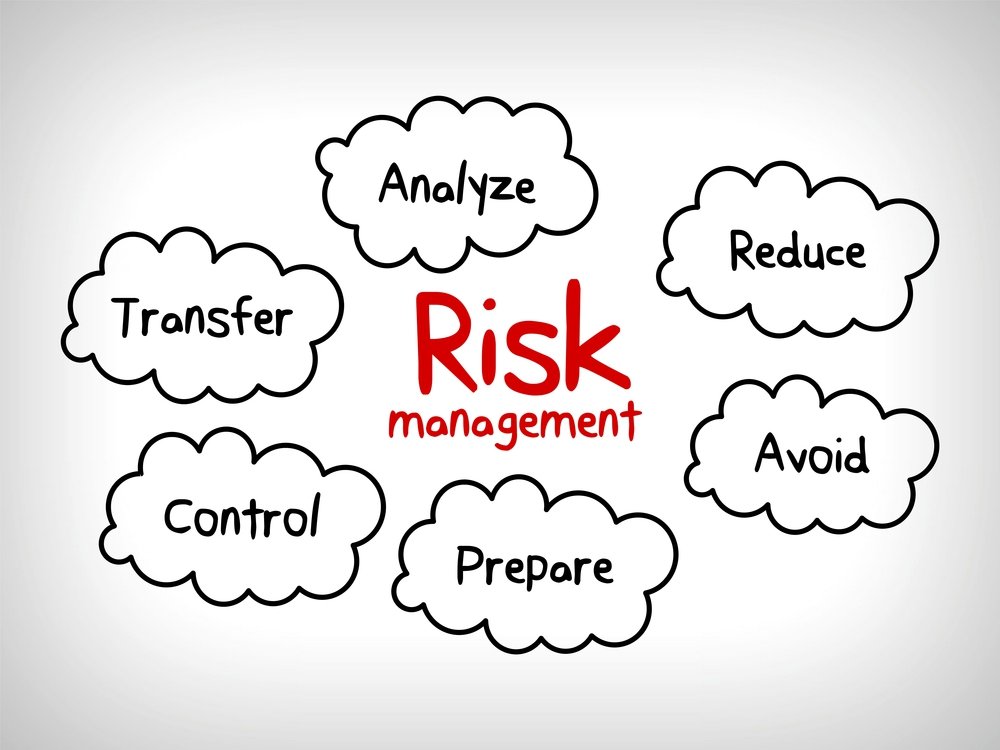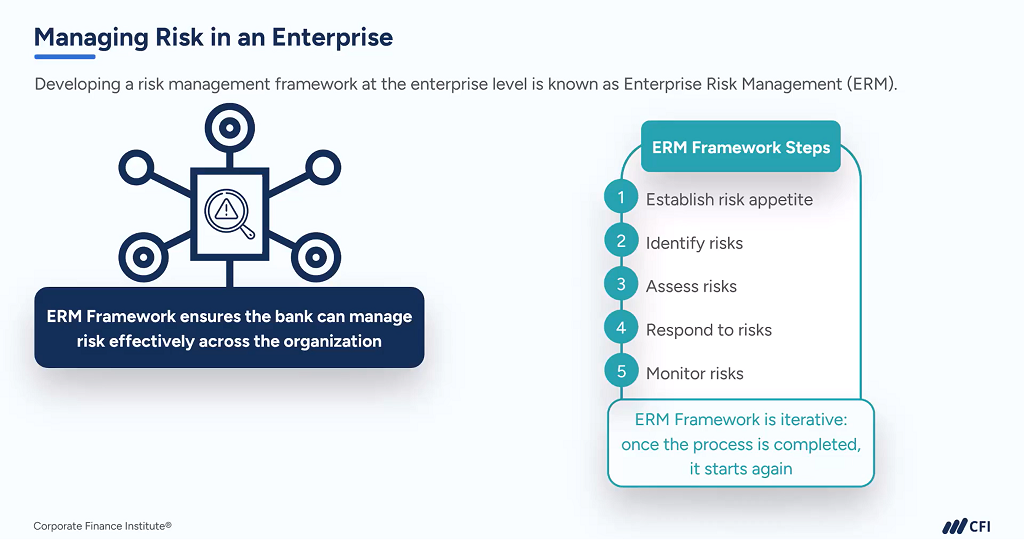Understanding the Importance of Risk Management in Modern Business Practices
Understanding the Importance of Risk Management in Modern Business Practices
Blog Article
Checking out the Relevance of Risk Management for Effective Decision-Making Methods
In the complex world of service, Risk Management emerges as an important factor in the decision-making procedure. The capacity to recognize prospective threats and chances, and strategize accordingly, can spell the difference between success and failing.
Recognizing the Idea of Risk Management
Risk Management, a crucial component in decision-making, is usually misunderstood or oversimplified. Typically, it describes the identification, examination, and prioritization of threats to reduce, check, and regulate the possibility or influence of unfavorable events. It's not just about avoiding negative results, however likewise concerning recognizing possible chances. Risk Management involves self-displined and organized methods, making use of information and informative assessments. It needs an extensive understanding of the company's context, goals, and the possible risks that might combat them. From financial unpredictabilities, legal liabilities, strategic Management mistakes, to crashes and all-natural catastrophes, it attends to numerous threats. Notably, efficient Risk Management is not stagnant; it's a constant, progressive process that develops with altering situations.
The Function of Risk Management in Decision-Making Processes
In the world of critical preparation and business procedures, Risk Management plays an integral function in decision-making procedures. It assists in recognizing potential risks and uncertainties that might affect the achievement of organization goals. By mapping these risks, firms can create techniques to minimize their impact, ensuring company connection and stability. Risk Management therefore ends up being a vital device in decision-making, assisting leaders to make enlightened options based upon a thorough understanding of the risks entailed. It motivates a proactive method, enabling companies to anticipate and prepare for possible future scenarios. This dramatically minimizes the possibility of unfavorable consequences, advertising a lot more reliable and effective decision-making strategies. Risk Management offers as a crucial part in the decision-making procedures of any type of organization.

How Risk Management Improves Strategic Planning
In the context of tactical preparation, Risk Management plays an essential function. Initiating with the identification of prospective dangers, it further reaches the execution of Risk mitigation actions. The function of Risk Management is vibrant but not static, as it requires continuous surveillance and adjusting of approaches.
Determining Potential Threats

Applying Risk Mitigation
Risk reduction strategies can range from Risk avoidance, Risk transfer, to take the chance of reduction. Each strategy must be tailored to the specific Risk, considering its possible impact and the organization's Risk tolerance. Effective Risk reduction needs a deep understanding of the Risk landscape and the prospective influence of each Risk.
Surveillance and Readjusting Methods
Though Risk reduction is a crucial action in strategic planning, continual surveillance and modification of these strategies is just as essential. It likewise offers a chance to review the success of the Risk Management measures, permitting modifications to be made where needed, additional improving critical planning. Surveillance and changing Risk Management methods is a critical part for boosting a company's durability and strategic preparation.
Instance Studies: Effective Risk Management and Decision-Making
In the globe of service and finance, successful Risk Management and decision-making frequently visit offer as the columns of thriving business. These cases highlight the value of astute Risk Management in decision-making processes. These cases emphasize the important duty of Risk Management in critical decision-making.
Devices and Strategies for Efficient Risk Management
These devices, such as Risk registers and heat maps, help in identifying and evaluating possible risks. Risk reaction strategies, a key element of Risk Management, involve accepting, avoiding, moving, or mitigating dangers. With these devices and strategies, decision-makers can browse the facility landscape of Risk Management, thus promoting educated and reliable decision-making.
Future Trends in Risk Management and Decision-Making Approaches
As we discover the vast landscape of Risk Management, it comes to be evident that the tools and strategies utilized today will continue to progress. The principle of Risk culture, where every member of an organization is aware and included in Risk Management, will certainly acquire extra importance. These patterns proclaim an even more proactive and comprehensive approach in the direction of Risk Management and decision-making.
Final thought

Risk Management thus becomes an important device in decision-making, aiding leaders to make informed selections based on an extensive understanding of the risks involved. Risk mitigation approaches can vary from Risk evasion, Risk transfer, to run the risk of reduction (importance of risk management). Effective Risk reduction requires a deep understanding of the Risk landscape and the possible effect of each Risk. Risk action methods, a crucial element of Risk Management, entail accepting, staying clear of, moving, or mitigating threats. The concept of Risk culture, where every participant of a company is aware and included in Risk Management, will acquire a lot more prestige
Report this page